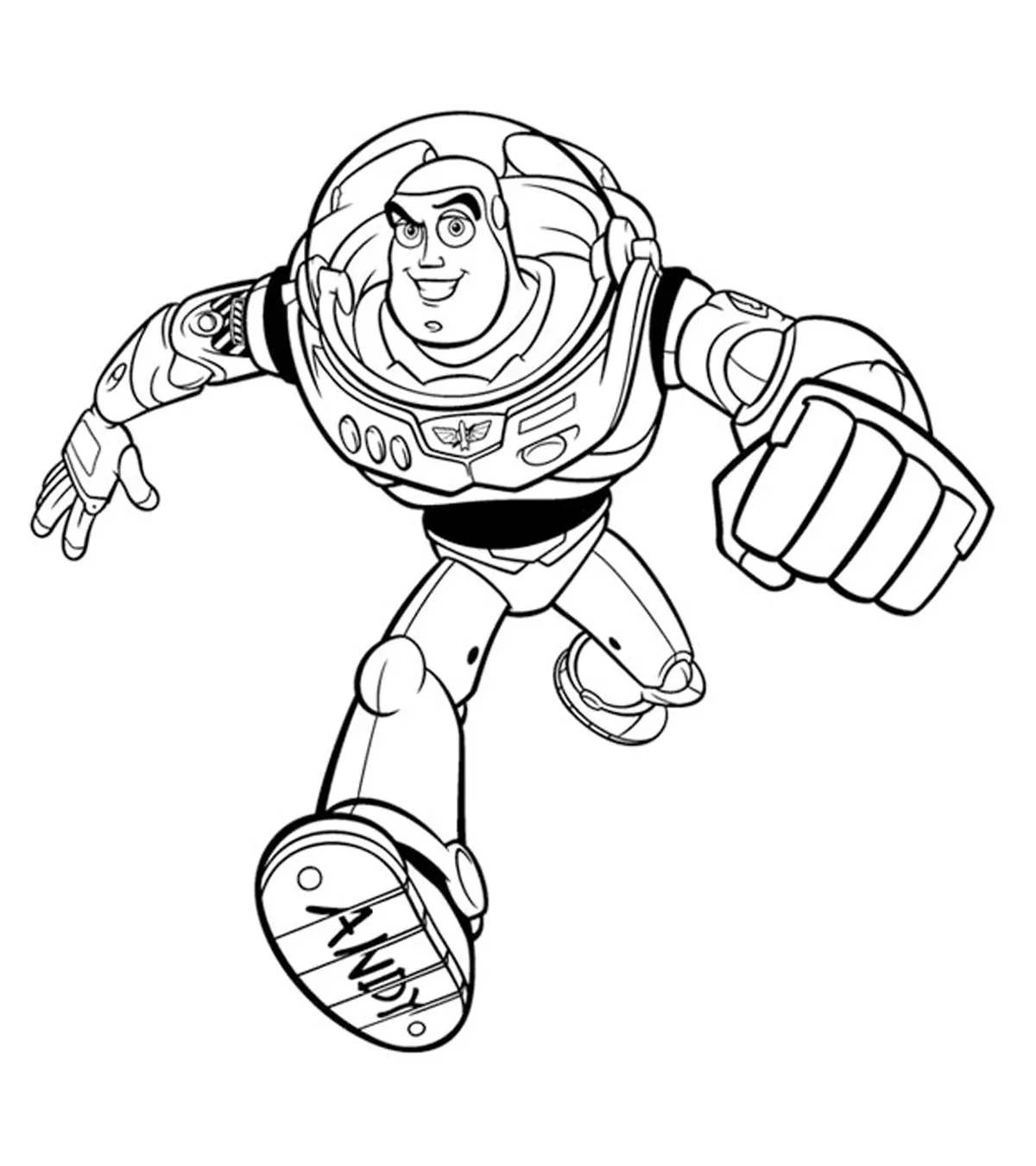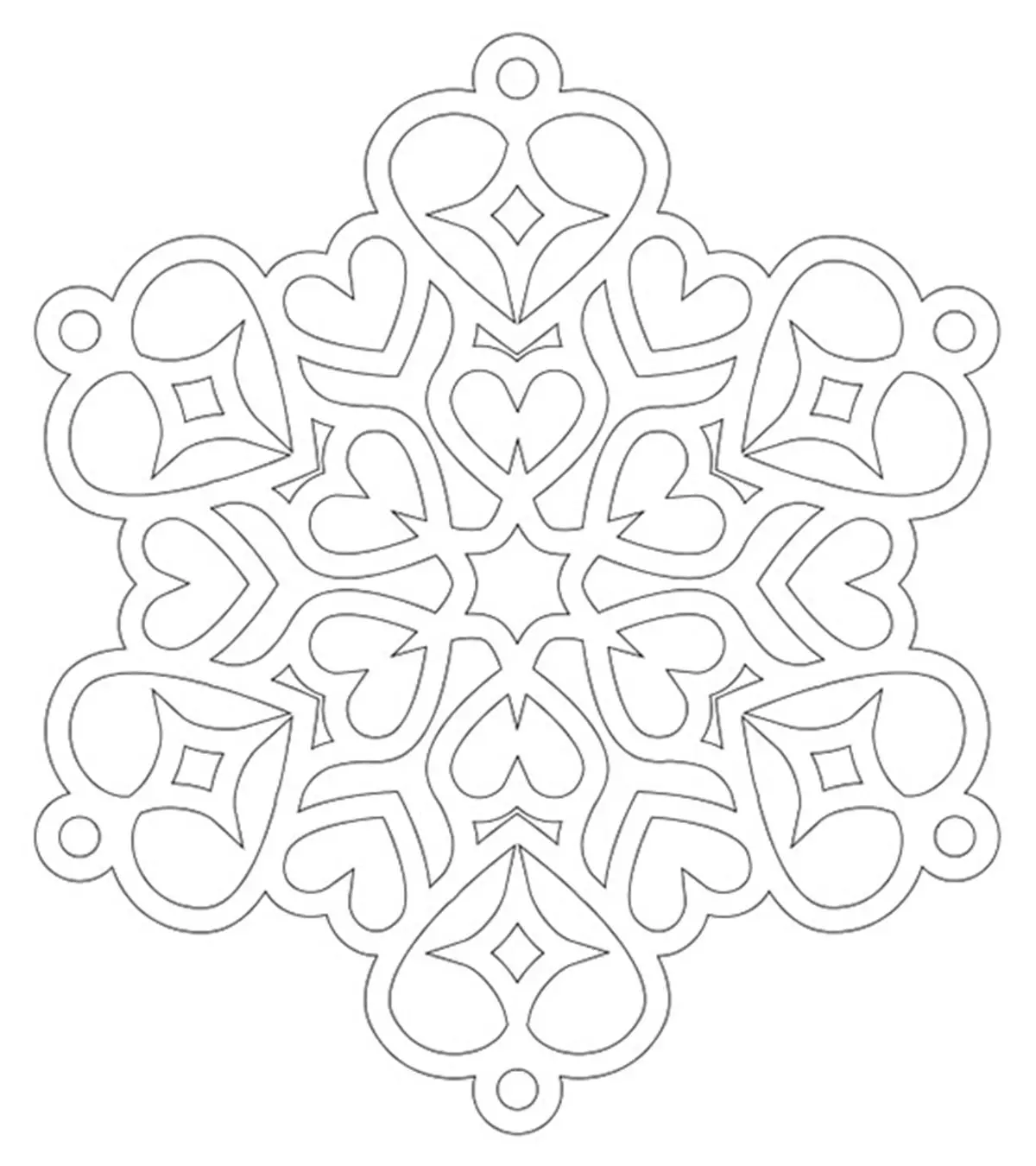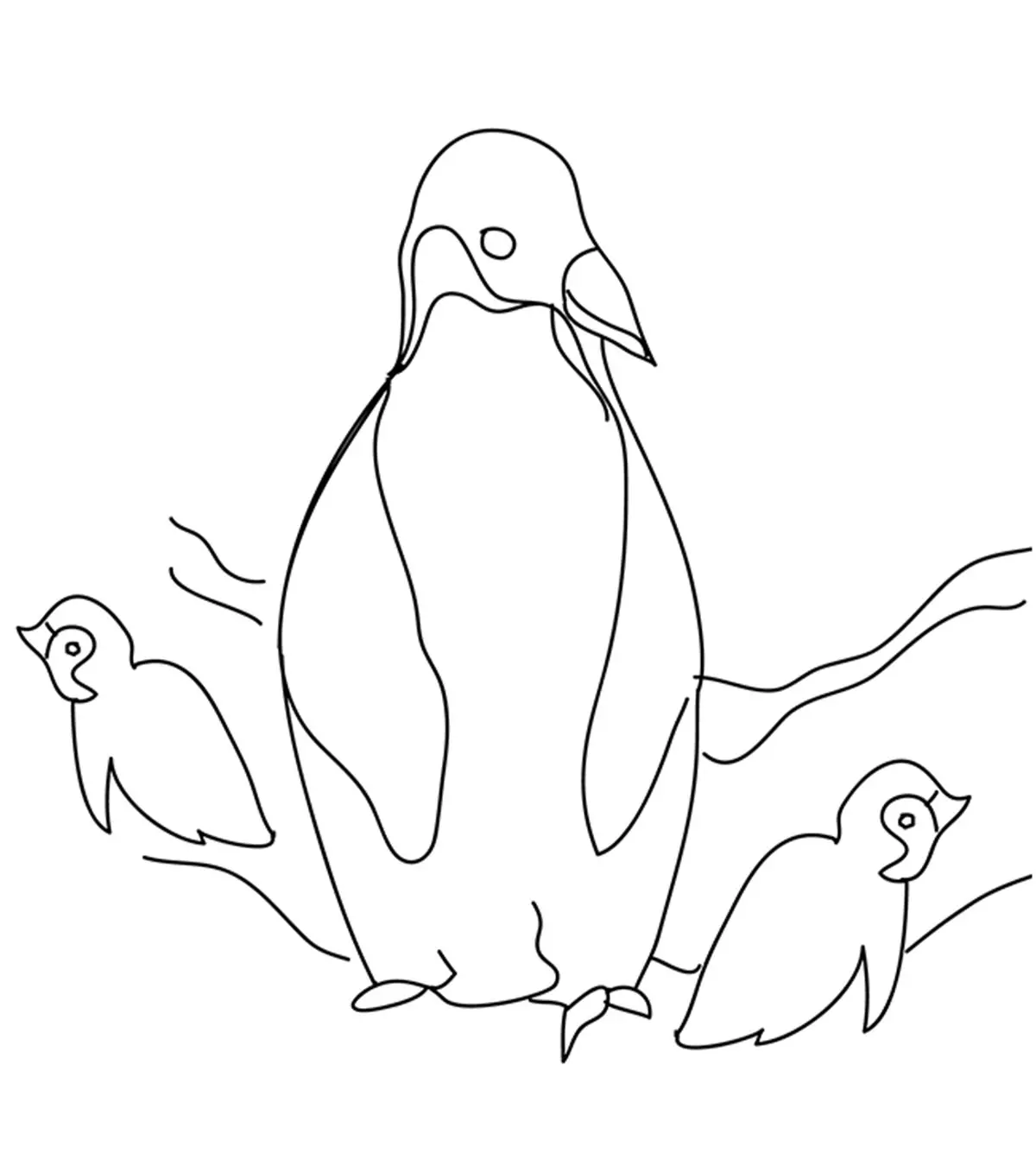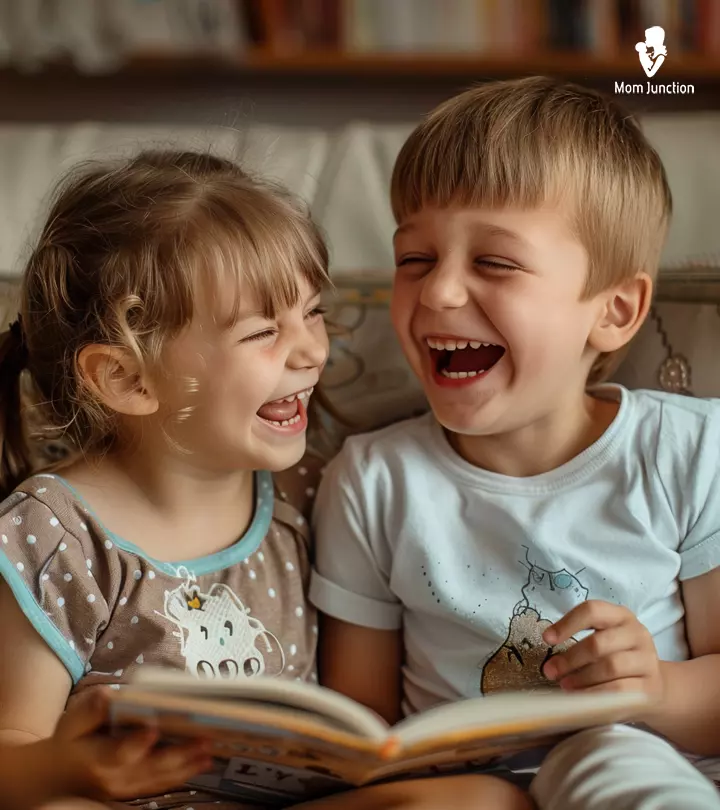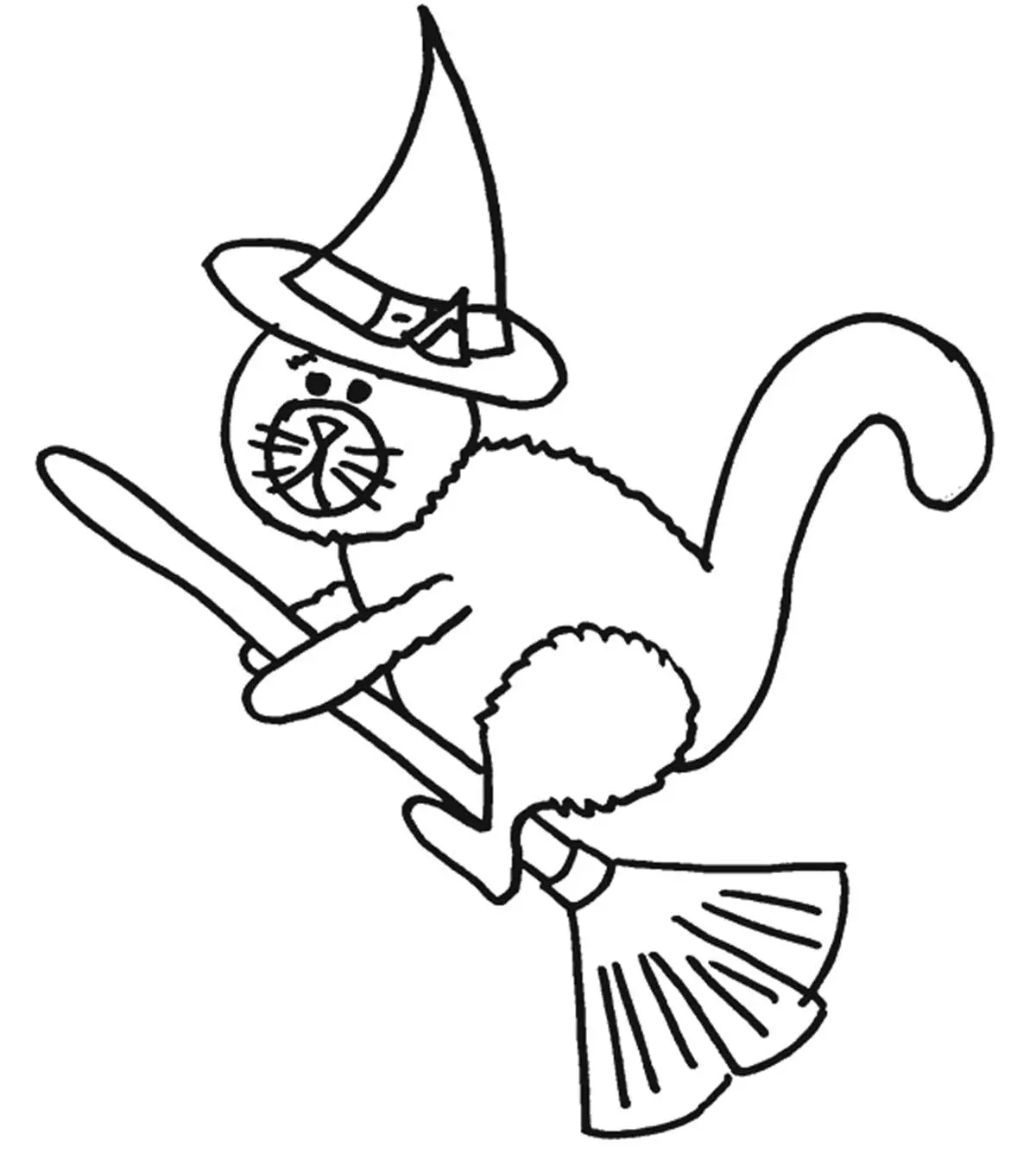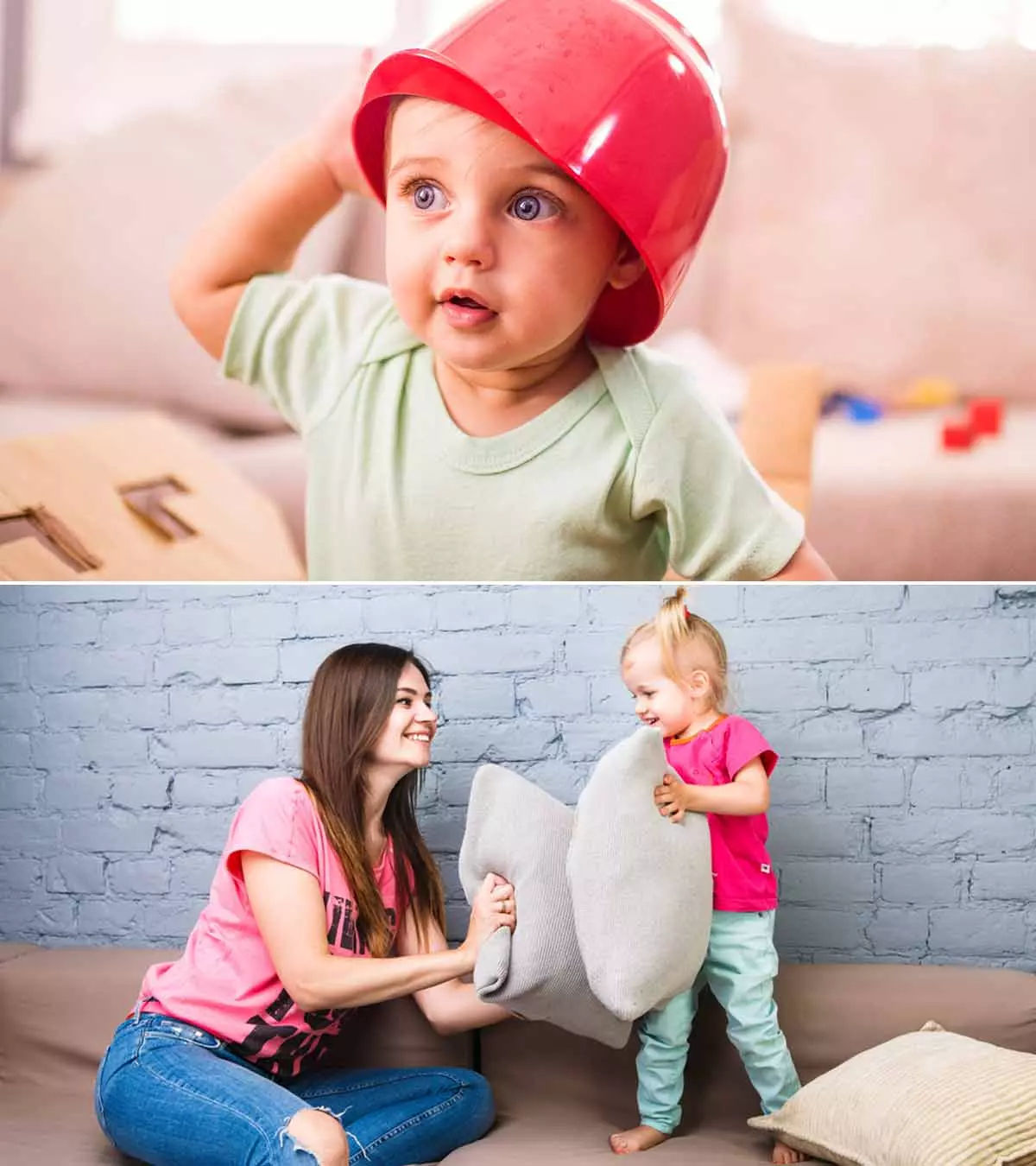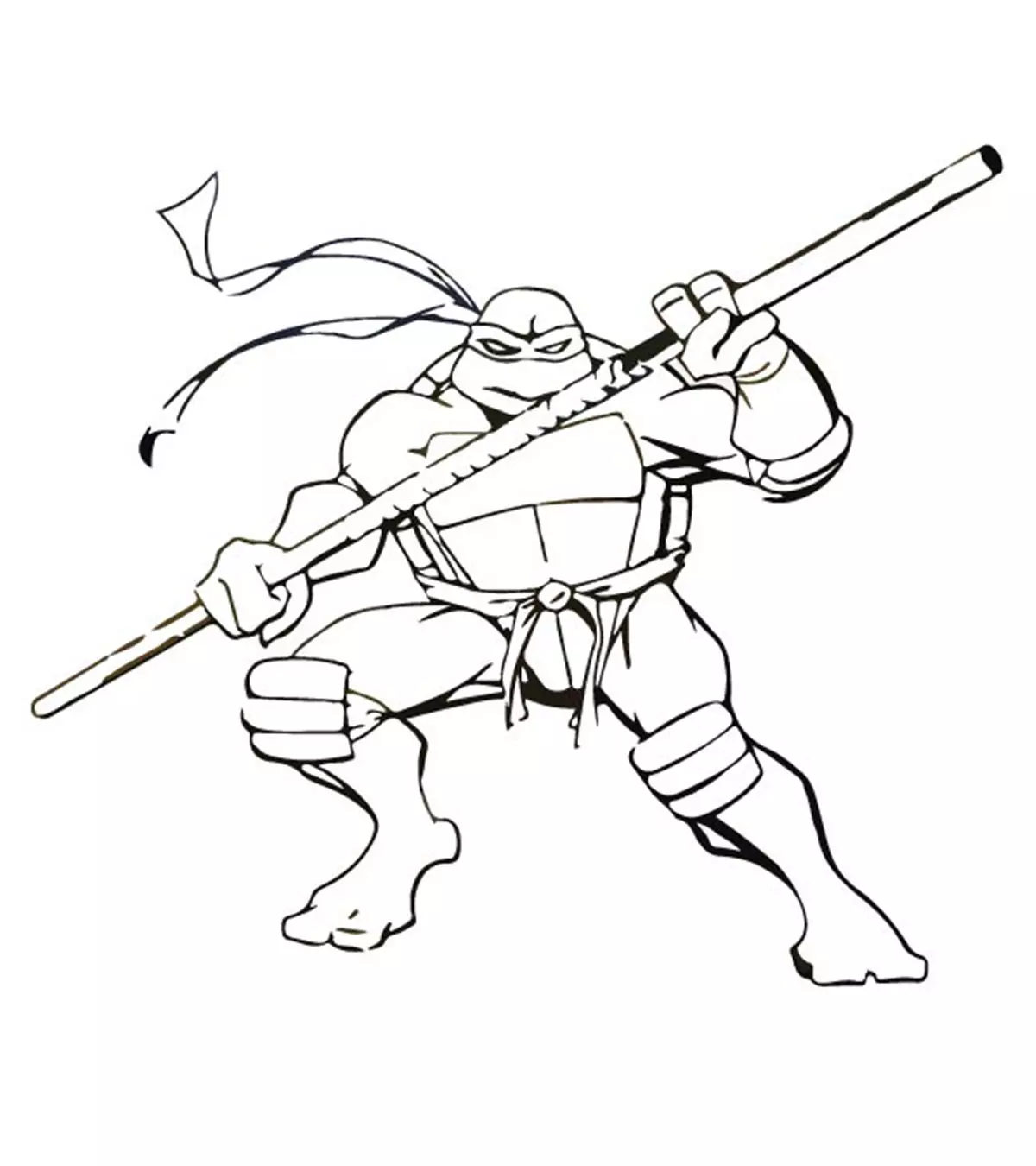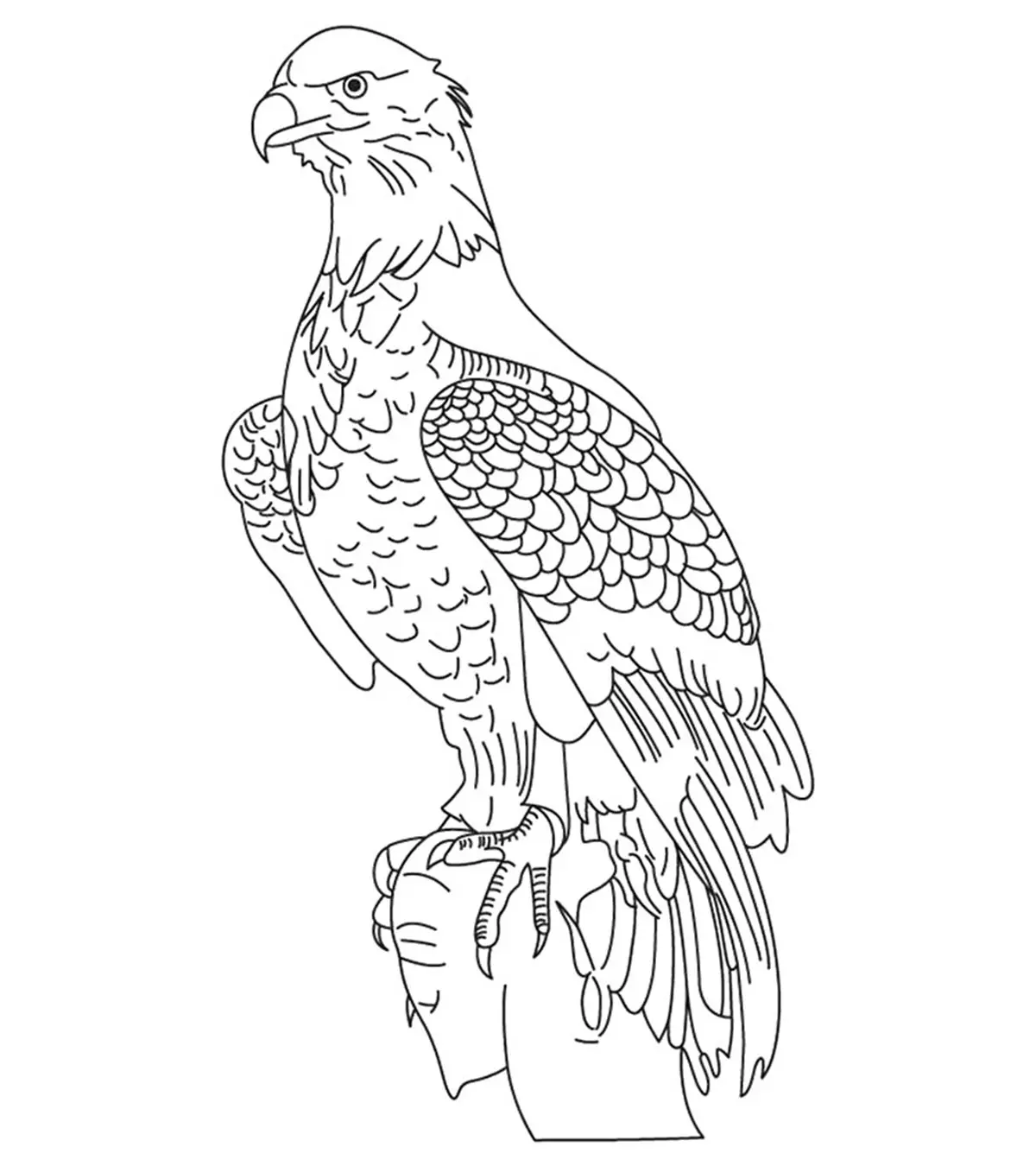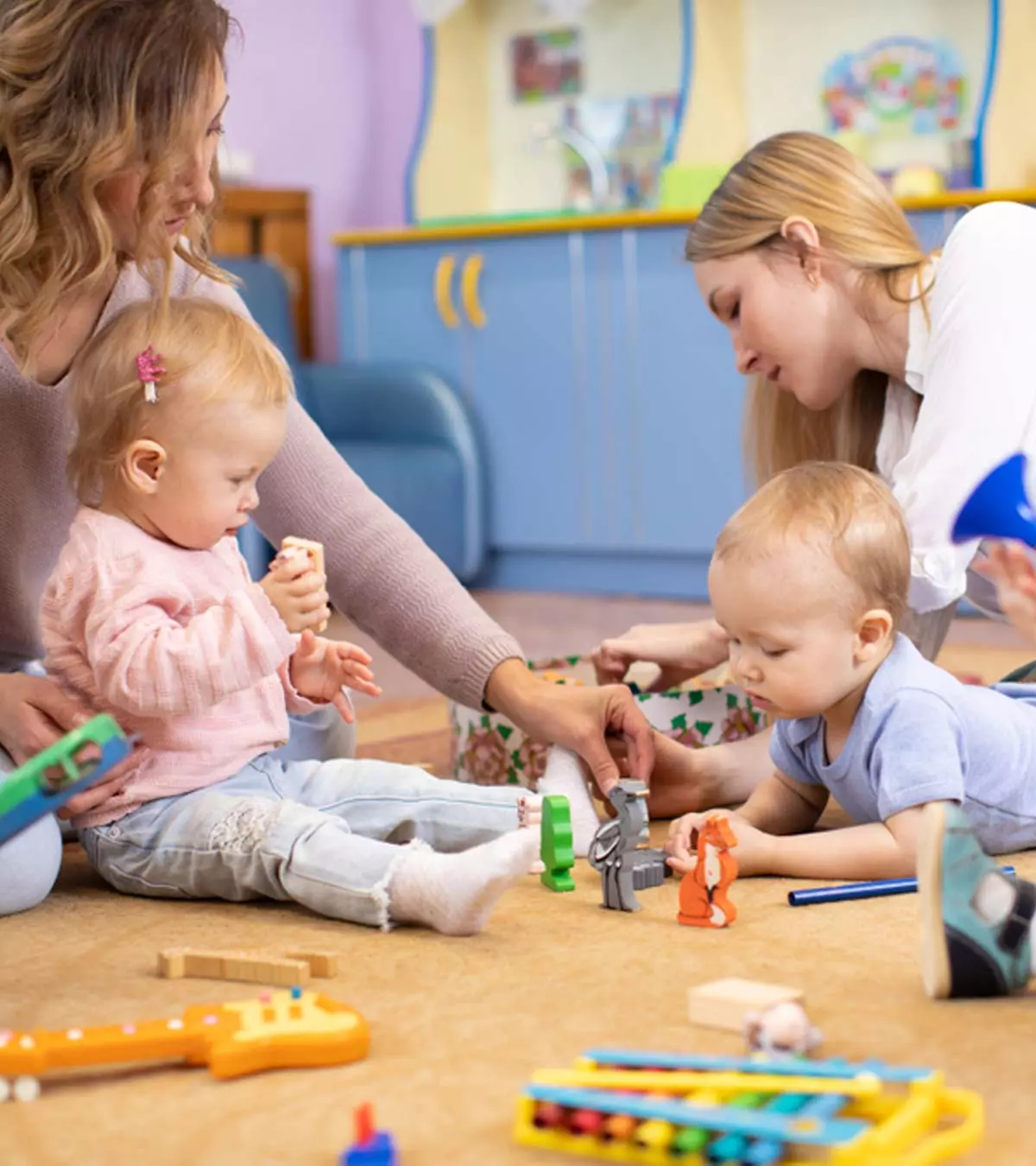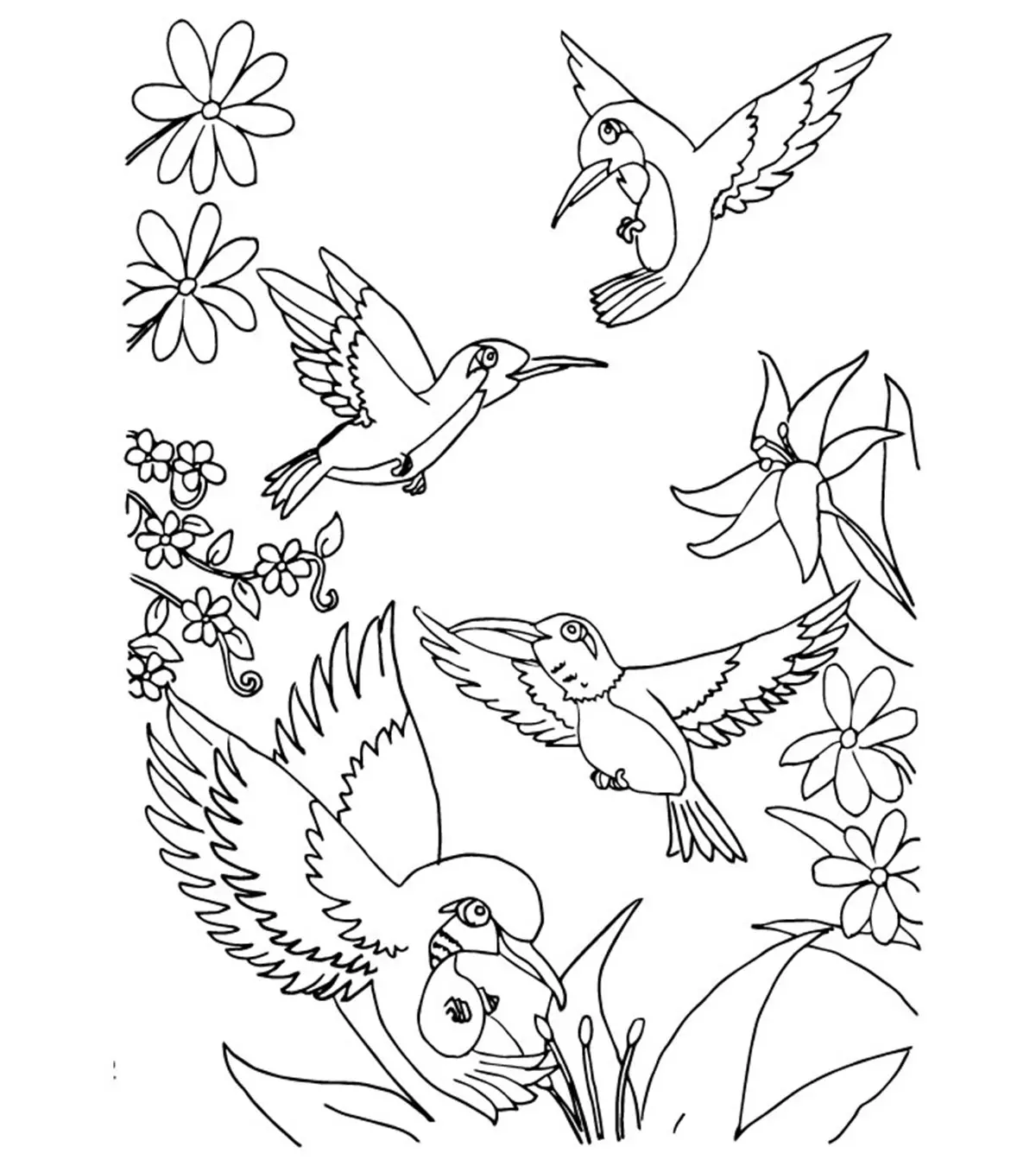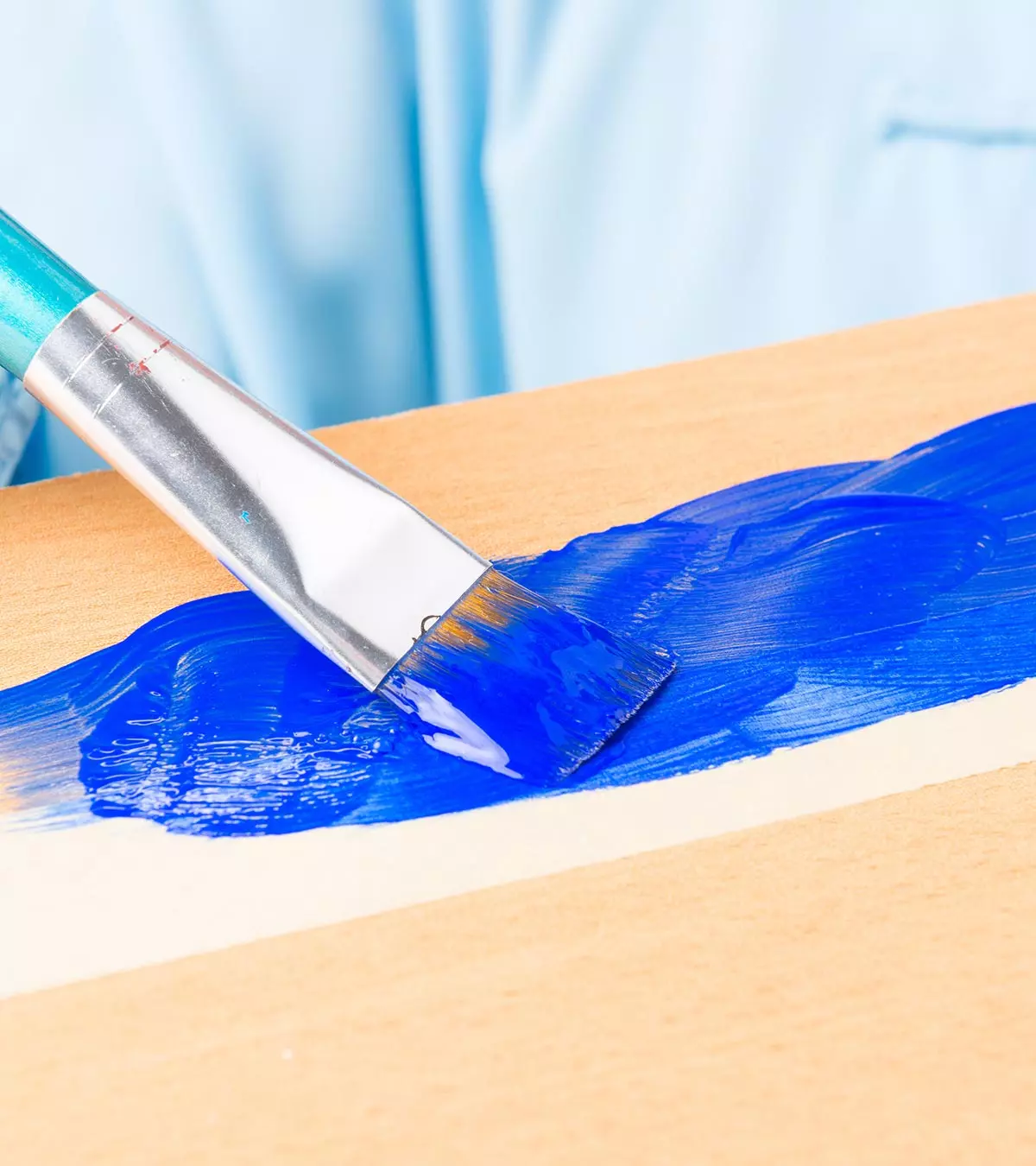
If you have a budding Picasso at home, who dreams of painting the world one day, this post is for you. In this post, we present to you some incredible canvas painting ideas for kids. Most children love painting and even have the talent as it brings alive the colorful imaginations that they then bring onto the canvas. In addition to this, canvas painting is also a valuable form of education for children, as it helps to develop their fine motor skills, hand-eye coordination, and concentration abilities. You can even use the canvas painting in their bedroom or in your office as art.
Tiff Keetch, a mother, shares her experience of making a ‘Love You’ card for her husband Justin with her 18-month-old son, Harvey. She says, “Harvey and I made a little canvas (4 inches x 4 inches) to hang on the wall in Justin’s office at work. I purchased small ones so we could add to them each year and hang them in one grouping. I prepainted the canvas in green, then set Harvey in the bathtub with blue paint and a brush and let him paint his own ‘picture.’ I did the footprint when he was about 9 months old. Then I wrote his name and age right on the canvas with a colored marker. Every year I’ll have our kids paint their own picture on a matching canvas to add to the collection (i).”
So, here we have curated a list of ideas on canvas painting for kids that can be shared with children to paint something beautiful. Read on to learn more.
Key Pointers
- Loop watercolor painting is an easy and enjoyable way for kids to create their own canvas art.
- Encourage children to use thread to make patterns, then add color with paint on the canvas.
- Teach kids about nature by having them add flowers, leaves, stalks, or insects onto the canvas.
- Let children experiment with melting crayons on canvas using a hair dryer or heat gun.
- With these techniques, children can create unique and colorful pieces of art while learning new skills.
Fun Canvas Painting Ideas For Kids
These ideas not only unleash their inner creativity but also provide an engaging way for parents to bond with their children while exploring art together.
1. Loop Watercolor

Painting patterns and designs can be even more interesting with loop painting. You must dab the ends of a rope or thick string on the desired watercolor and smear the ends on the canvas. You could make a pattern of smears – geometrical, concentric, or linear. Or you might want to make a creature or an object with the loop smears. It is an easy and interesting painting idea for kids who want their canvas to look different.
 Did you know?
Did you know?2. Tape Collage

Why stick to a bland background? Make these canvas paintings for kids look striking with a dark background and a contrasting piece of art that stands out. Paint the canvas black. Then take duct tape in different sizes and stick them on the board in various shapes. Go all flowery or geometrical – it’s just what your kid wants to do. If you are using dark-colored duct tape, you might want to use a light background. It depends on how you want the tape collage to look like. Get your child to have fun pulling out, bending, turning, and pasting the tapes on the board. It is a simple and easy canvas painting for kids of all ages.
3. Notice Board
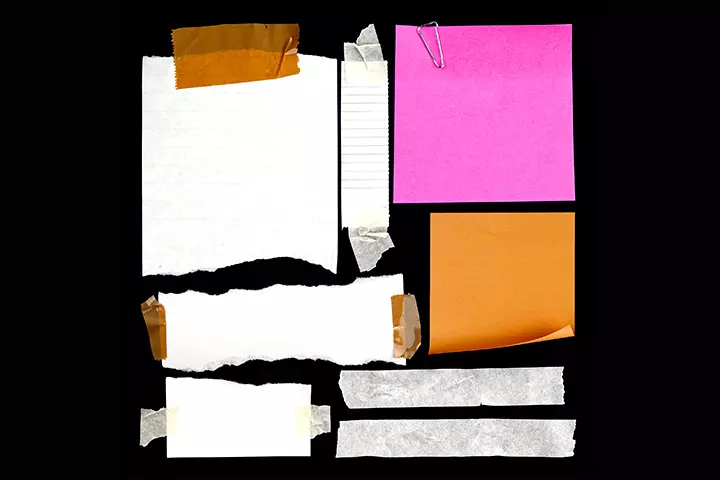
Your canvas will look more like a utility board with this one. Paint the background in a dark shade. Use strips of paper or any other torn papers, post-its, and white duct tapes and stick them on the board. Put up the board on the walls around the places that you pass by the most. You will be surprised with a notice or a reminder that your little one has left for you. You could also use it to discipline your kids and to keep your check lists.
4. A Photo frame

You could either paint or make little photo frames on the canvas. If you paint, have pasted cellophane or duct tape to hold the images on the canvas. If you wanted to get more ‘crafty’, you could use squares of cardboard with edges held by ice cream sticks. Stick these pockets on canvas. The canvas looks like a photo frame board that can be hung at just about any favorite corner of your house.
5. Canvas Letters
Kids could imprint their initials on the canvas. It will turn out to be brilliant for their bedrooms. It’s quite a neat idea. Here is all you will need to do: Get the canvas. Get a palette full of acrylic paints – in all the colors possible. You will need masking tape to make the monograms. Pull out the masking tape to make the initials of your children’s names. Stick it on the board. Use broad brushes for the coloring. It will be ideal to paint the background. Once that is done, ask the kids to streak, smear and fudge over the board in all color combinations. Let the paint dry. Once dry, you must peel off the duct tape. The impression of the initial left behind will look amazing on the canvas. It is a colorful and simple canvas painting idea for kids that they can make by themselves.
6. Graffiti Canvas

Your kids could have an amazing graffiti masterpiece – even if they aren’t graffiti artists they could become one and later display them at an exhibition in their school gallery. Get pencils, marker pens, paints, sprays, scrappers, masking tape, and, of course, the canvas ready. Think of the word you want to write. Or simply re-create the following.
There are loads of other links on the internet that will help you become an expert graffiti artist on canvas.
 Quick fact
Quick fact7. Doodle Patterns

Make patterns of ribbon, lockets, loops, or anything you can make with a thread. Simply make shapes with the help of threads. Dip the threads in the desired paints and imprint the doodles on the canvas. Don’t be surprised if your child comes up with cute little things like that of a butterfly or something more amusing.
You can even transfer doodles drawn on paper on canvas. Colleen, mother of two, shares the method of transferring her children’s favorite drawings on canvas. She says “We taped a design on the canvas with masking tape. Then I had my kids paint whatever they wanted on the canvas in the color choice to match their room! …Next step is to take your child’s drawing to the copy machine. I blew up both of their drawing on 11X17 paper for their 16X20 canvas. Sometimes you will have to piece the drawing together when blowing it up! …Once you have your child’s drawing blown up to the right size, turn the paper over and color with a pencil or charcoal pencil making sure you cover over all the lines in their drawing on the other side!
“Then, turn the paper over and tape it down where you want it on the canvas. With a pencil, trace over the whole drawing. The pencil on the back of the paper will transfer it right to the canvas!… I used pencil to do mine. I will say charcoal shows up darker! In some places you might have to use your enlarged copy to help you in the next step, which is painting! …My kids are so proud of their paintings and they are ready to add charm in their new rooms in a couple of weeks (ii)!”
8. Nature Science On Canvas

Transform the canvas into a zoology, botany or an entomology specimen keeper! It could be a good learning experience for kids as well. Gather a variety of flowers, leaves or stems. If you can find dead butterflies or grasshoppers, you might want to stick them too on the canvas. Your kids can learn the shapes, the colors, and – technically – the morphology of plants through this project. Who knows, stuff like this might turn out to be cool archives as they progress toward higher grades.
9. Melted Crayon Art On Canvas
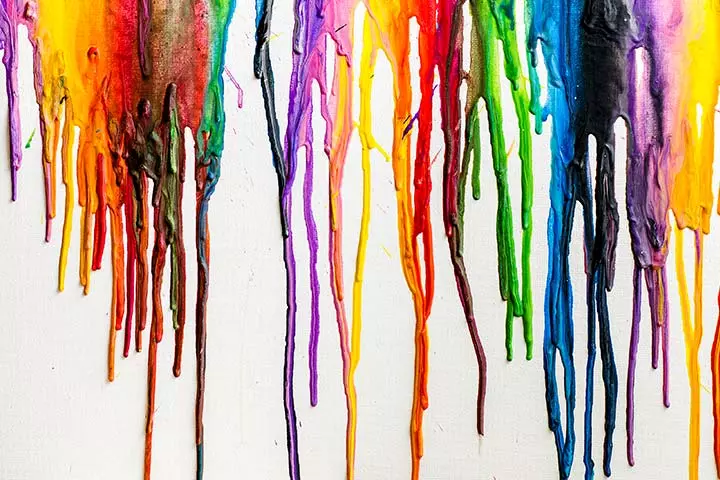
This is one of the top favorites of kids. Melted crayons on canvas are not only fun because they appear pretty, but also that the act of melting itself keeps kids all excited. Here’s how you should do it:
- Get your canvas, crayons, hot gun glue, and a hair dryer ready. You might also want to get old newspapers to keep out any mess on the walls or the floor. Make sure you too are wearing an apron and gloves to prevent wax smears on yourself.
- Arrange the crayons in the order that you want – let’s say all shades of one color juxtaposed with the shades of another. Rainbow colors are more popular with kids, though.
- Now unwrap the crayons (optional – some don’t unwrap them, and it still gives great results). Hot glue them to the top edge of the canvas. You could also cut the crayons into half and then stick them in as it will give a more natural look with the top few centimeters being less conspicuously lined with real crayons.
- Get the canvas stand or an easel against a wall in a slant position. (You will already have spread out the newspapers underneath to catch the spills).
- Now blow dry the crayons – with the dryer pointing downward (preferably). The crayons will start melting, and the melted wax will drip down. It will make an amazing sight ;)
- A heat gun could alternatively be used to do the job. It’s usually available at craft stores.
- Leave the white spaces empty or color them as per your wish. (I’d rather leave them out to accentuate the melted look).
10. Paint Blot On Canvas
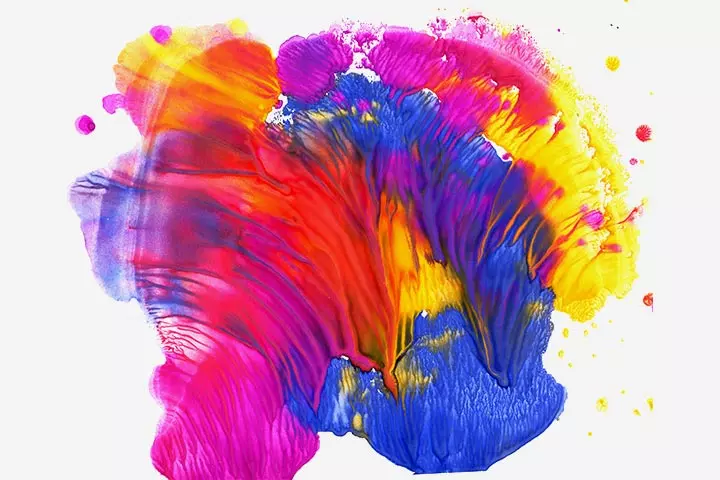
This cool activity will blow your kids away with the prettiness. All that you will need is some blotting papers or kitchen paper towels that will absorb watercolors instantly. Just smudge them on the canvas or paste them once dry. You must be extremely careful with not tearing away the super-thin papers that are already soaked in paint, though. They will make a delightful combination of colors as the papers blend into canvas.
11. Sticky Bits On Canvas

Get chunks of confetti or colored papers torn or cut into irregular bits. Instead, if you find used or waste color papers, they could be put to good use now. Simply get a canvas painted in the desired background. Once dry, apply glue randomly. Throw the chunks on the canvas so they stick in. After a while, shake out the bits that haven’t dried, and should you want to try sticking them again in the empty spaces. You might also want to spray-paint or past shimmers on the empty spaces. It will turn out to be quite a starry collage.
12. Pom Pom On Canvas

How about gluing out pom poms on canvas in the desired pattern? The more diverse the colors, the more interesting it will be for kids to do this activity. They could as well paste the alphabet or numbers through pom poms. Both learning and fun at one go!
 Quick tip
Quick tip13. Buttons On Canvas

Or stick an assortment of buttons on canvas for the desired shapes and colors! This kids canvas painting helps them to explore their inner creativity.
Frequently Asked Questions
1. What are the benefits of canvas paintings for children?
Canvas paintings offer numerous benefits for children. They encourage creativity and self-expression, allowing children to explore their imagination and develop confidence in their artistic abilities. Painting on canvas also aids in developing fine motor skills and hand-eye coordination. It promotes problem-solving and decision-making skills as children make creative choices. Additionally, canvas painting serves as a therapeutic outlet for emotional expression and relaxation, fostering emotional well-being.
3. What are the different types of paints used in canvas painting?
Different paints can be used to create different effects on the canvas. Some commonly used paints on canvas are acrylic, oil, watercolor, pastel, spray, and Gouache.
4. What kind of brushes should I use for canvas painting?
Similar to the choice of paints, different brushes can also be chosen to achieve different effects on the canvas. Some commonly used paint brushes for painting on a canvas are round brushes, flat brushes, fan brushes, filbert brushes, bright brushes, mop brushes, and detail brushes.
5. How do I clean my brushes after painting?
The brush cleaning process depends on the medium you have used to paint with. You should use a liquid solvent to remove the paint you have used. For example, if you paint with watercolors, you can use water to clean your brushes. If you use acrylic paints, you can clean your brushes with a paint thinner or turpentine, depending on the solvent’s availability.
6. How do I take care of my finished canvas painting?
Some steps you can take to preserve the beauty of your canvas painting are to allow sufficient time for drying the paint while protecting it from the direct sun rays. If you are moving it, make sure to handle it with care, and if dust settles on the surface, clean it very carefully. When you store it, try to put it in a place free of extreme temperatures and humidity. Finally, get your painting framed professionally and put it in a designated spot on the wall where it will be safe but accessible.
7. Can I paint on canvas with acrylics and oils together?
Though not commonly done, it is possible, and special techniques must be employed while working with oil and acrylic paints simultaneously. A few things you must remember while using these mediums is to paint in layers, as both have different drying times. Ensure one layer is completely dry before you use the other. Clean your brushes well when switching between mediums, and add a coat of varnish once the painting is complete.
8. What is the best age to start canvas painting with kids?
Canvas painting is a wonderful activity to nurture creativity in children, and starting young can enhance their artistic skills and self-expression. The best age to introduce kids to canvas painting is around three years when they can begin to grasp basic concepts and enjoy the sensory experience of painting. At this age, simpler projects with parental guidance can help build their confidence and keep them engaged. As they grow, children can tackle more complex projects and develop finer skills.
Teaching canvas painting to kids inspires creativity and skill development, fosters inspiration, gives them freedom of expression, and enhances their cognitive abilities. You may give step-by-step painting instructions to make them learn the basic painting techniques. Loop watercolor, tape collage, notice board, a photo frame, canvas letters, and doodle patterns are some of the easiest paintings to learn. Buttons, sticky bits, and pom poms can be glued to canvas to create letters or shapes. Melted crayons and paint blots can also be done on a canvas. Kids may also use canvas to keep their botany, zoology, or entomology specimens. They may also gift it to someone with similar interests.
Infographic: Creative Canvas Painting Ideas For Children
Children have colorful imaginations and thus love piling their ideas onto papers and canvases. Painting allows children to express their emotions and use multiple senses and fine motor movements while navigating and understanding the concepts of the color wheel. The infographic below highlights creative canvas painting ideas to help bring their imagination to life.

Illustration: Momjunction Design Team
Illustration: Easy And Creative Ideas Of Canvas Painting For Kids

Image: Stable Diffusion/MomJunction Design Team
Painting is a creative activity that can even calm your mind. Explore the world of acrylics and canvas with easy step-by-step guidance, perfect for beginners. Bring out your creative side and delve into the world of vibrant colors.
Personal Experience: Source
MomJunction articles include first-hand experiences to provide you with better insights through real-life narratives. Here are the sources of personal accounts referenced in this article.
i. This much card and a kid canvas;https://tiffkeetch.blogspot.com/2010/06/this-much-card-and-kid-canvas.html
ii. Turn your child’s doodle to a canvas painting;
https://lifesprinkledwithglitter.blogspot.com/2013/06/turn-your-childs-doodle-to-canvas.html
Community Experiences
Join the conversation and become a part of our nurturing community! Share your stories, experiences, and insights to connect with fellow parents.
Read full bio of Erin DeCarlo
Read full bio of Debolina Raja
Read full bio of Harshita Makvana
Read full bio of Vaswati Chatterjee






